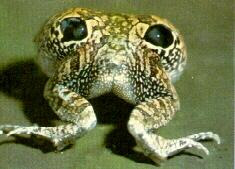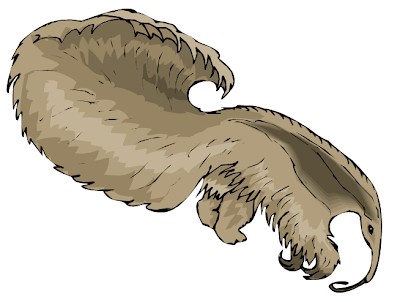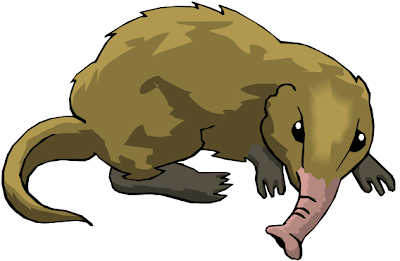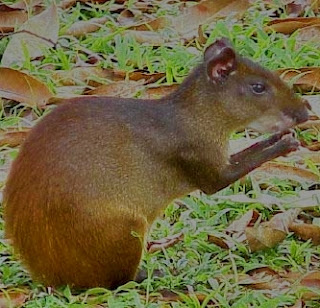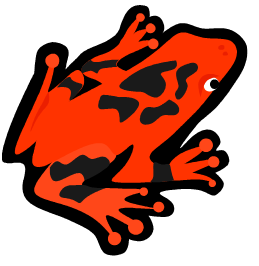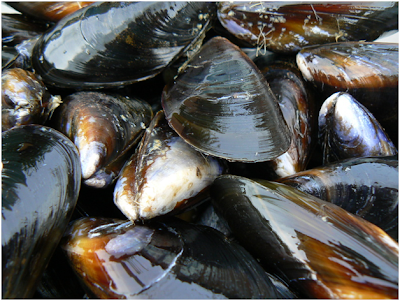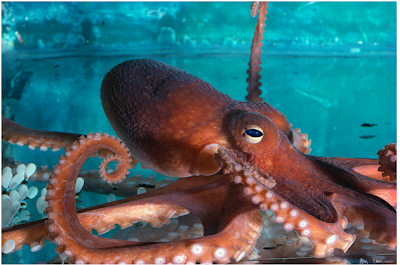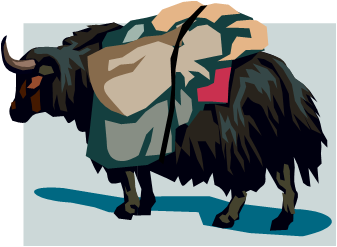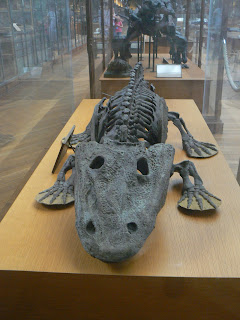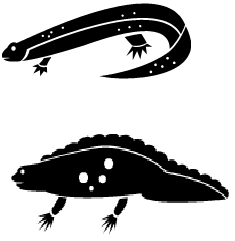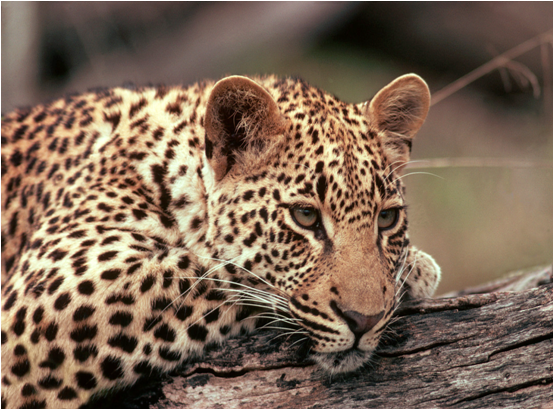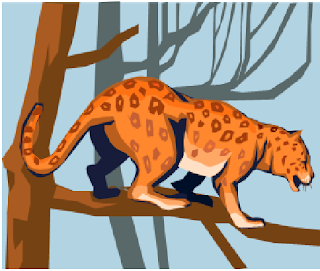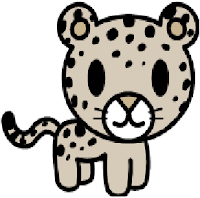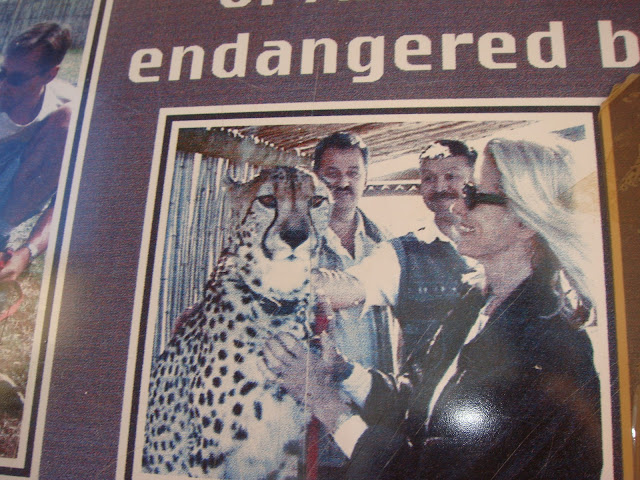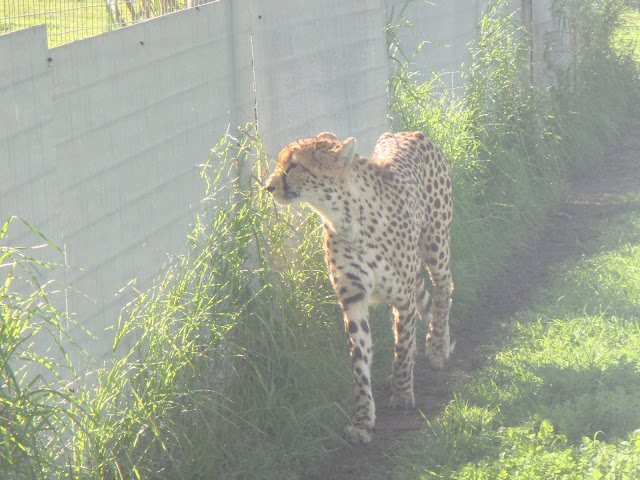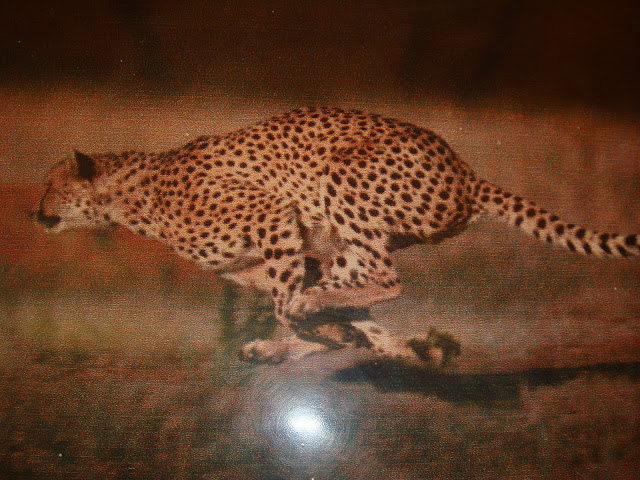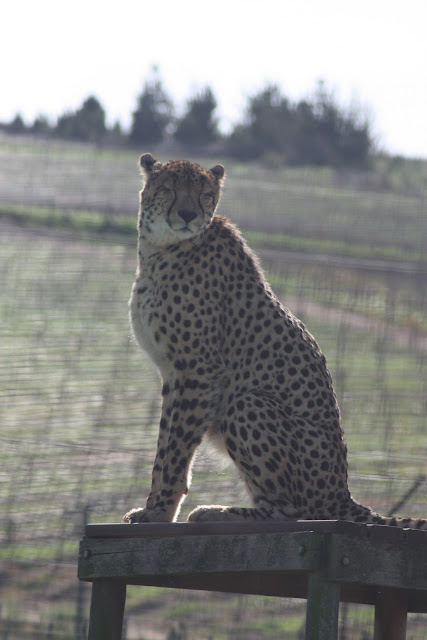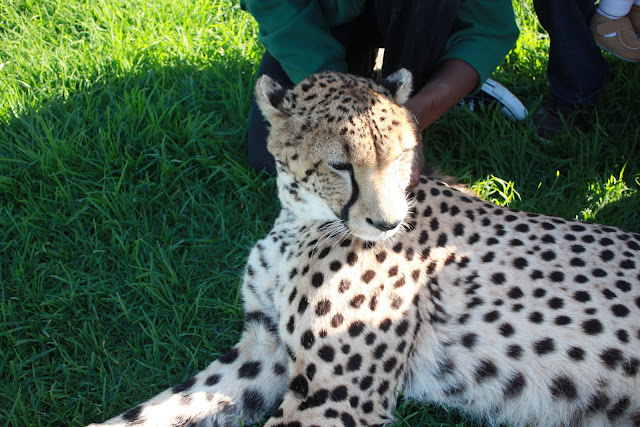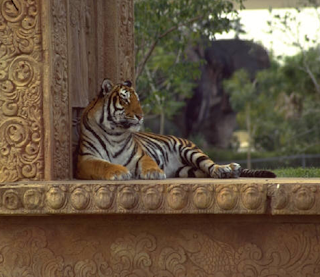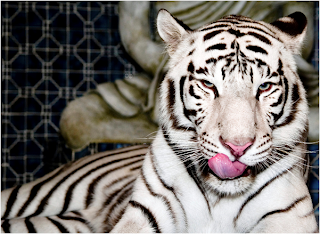The Killer Whale (Orcinus orca) is the fastest sea mammals. It speeds through the ocean at 45 kilometers per hour (km/hr). The killer whale hunts fish and larger mammals. It has a mouthful of pointed teeth shaped to hold slippery food like squid. A killer whale is also known as the Orca. They hunts in packs. So also known as wolves of the sea.
Killer whales are regarded as apex predators, lacking natural predators and preying on even large sharks. Like dolphins, orcas use echolocation i.e. bouncing sound off of objects to determine their location to hunt and use a series of high-pitched clicks to stun prey.
Orcas are very fast swimmers. They can swim up to 30 mph
Orcas are very fast swimmers. They can swim up to 30 mph
Recent studies have found that orcas are among the most contaminated marine mammals in the world. Pollution and chemical contamination make orcas more susceptible to disease and likely cause reproductive difficulties.
The IUCN currently assesses the orca's conservation status as data deficient because of the likelihood that one or more killer whale types are separate species. Some local populations are considered threatened or endangered due to prey depletion, habitat loss, pollution.















